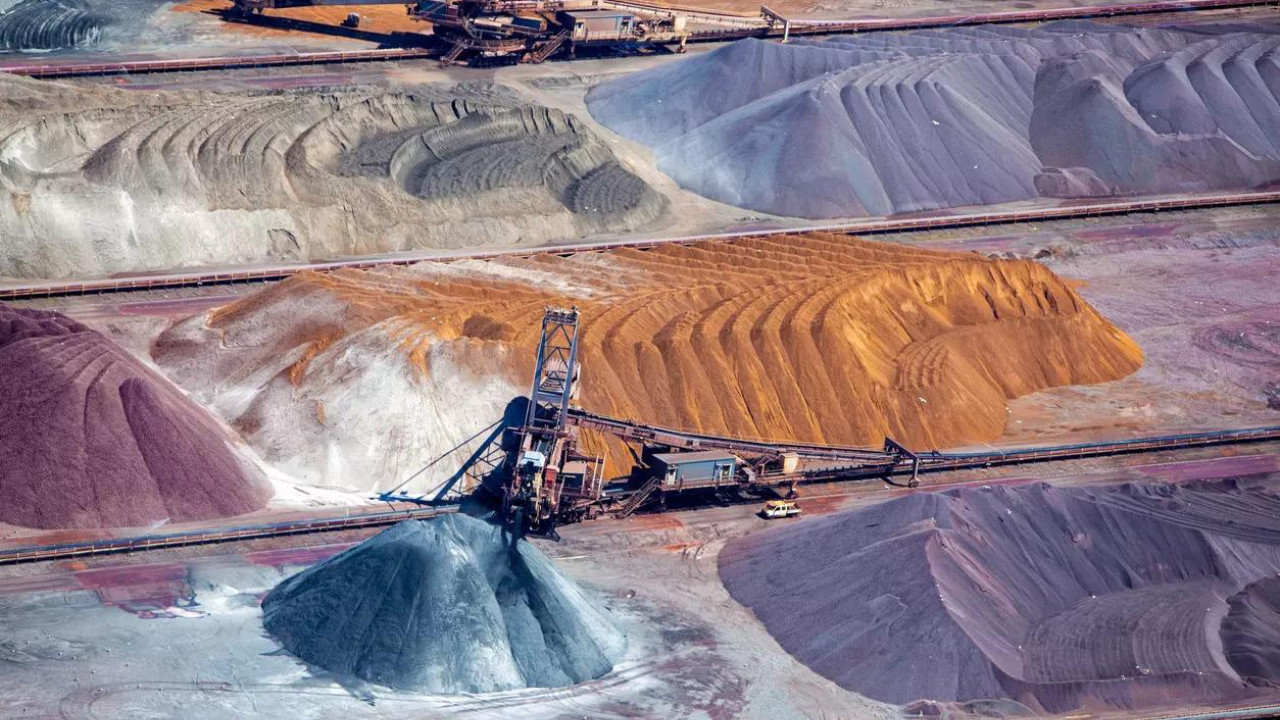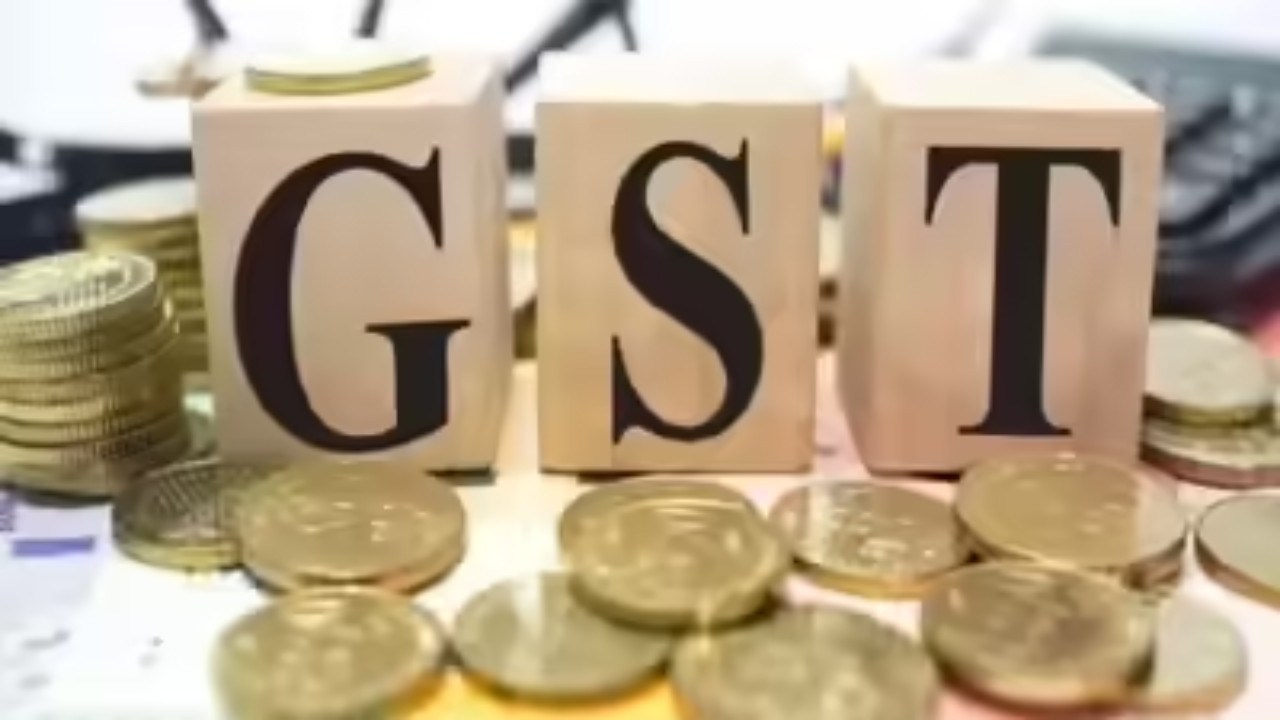India and Japan have formalized a mineral resources agreement to diversify critical mineral supply chains, aligning with India’s net-zero goals. The collaboration involves information exchange, policy cooperation, and joint investments in mining projects within India and resource-rich nations. This partnership, announced during the India-Japan Annual Summit, aims to bolster energy, food, and national security.
Securing Our Future: India and Japan Join Forces on Critical Minerals
The world hums with the quiet energy of technological revolution. Electric vehicles glide silently, renewable energy projects blossom across landscapes, and advanced technologies become increasingly woven into the fabric of our daily lives. But powering this revolution requires something often overlooked: critical minerals. These unsung heroes – lithium, graphite, nickel, and cobalt, to name a few – are essential components in everything from batteries and semiconductors to wind turbines and defense systems. And right now, their supply chains are vulnerable, concentrated in just a few countries.
That’s why the recent agreement between India and Japan to collaborate on critical minerals is such a significant development. Think of it as a strategic partnership, a forging of alliances to ensure a stable and diversified supply of these vital resources. This isn’t just about securing raw materials; it’s about safeguarding economic security and technological leadership for both nations.
The memorandum of understanding (MoU), officially inked, lays the groundwork for enhanced cooperation between India’s Ministry of Mines and Japan’s Ministry of Economy, Trade and Industry (METI). It’s a commitment to work together, to pool resources and expertise, to navigate the complex global landscape of critical minerals.

Why This Matters: Diversifying the Supply Chain
For years, the global supply of critical minerals has been dominated by a handful of players, creating a potential bottleneck and raising concerns about geopolitical leverage. Imagine a single country controlling the flow of a resource vital to electric vehicle production – that nation effectively dictates the pace of the green energy transition. India and Japan recognize this risk and are proactively taking steps to mitigate it.
This collaboration isn’t just about securing existing supply chains; it’s about building new ones. This means exploring joint ventures in mineral exploration and extraction, investing in processing and refining technologies, and fostering research and development to discover alternative materials. By diversifying the sources and processing locations of critical minerals, India and Japan aim to create a more resilient and reliable ecosystem.
Beyond Raw Materials: A Partnership for Innovation
The India-Japan pact extends beyond simply securing raw materials. It’s about fostering innovation and developing cutting-edge technologies in mineral processing and refining. Both countries possess unique strengths and expertise that can be leveraged through collaborative research and development projects. Think of joint efforts to improve extraction techniques, reduce waste, and develop more sustainable mining practices.
Furthermore, this partnership can spur the development of alternative materials that can reduce reliance on scarce critical minerals. Imagine researchers from India and Japan working together to create batteries that require less lithium or developing semiconductors that utilize more readily available elements. Such breakthroughs could dramatically reshape the landscape of technology and resource dependence. We previously discussed ways other nations are trying to innovate their way around supply chain constraints.
India’s Strategic Advantage
For India, this collaboration holds immense strategic value. The nation’s rapidly growing economy and ambitious plans for renewable energy and electric vehicles require a secure and stable supply of critical minerals. By partnering with Japan, a technological powerhouse with significant expertise in mineral processing and refining, India gains access to valuable know-how and investment. This will boost domestic industries, create jobs, and strengthen India’s position as a major player in the global technology arena.
Japan, in turn, benefits from access to India’s vast mineral resources and its rapidly expanding market. The partnership provides Japan with a reliable alternative to existing supply chains and opens up new opportunities for investment and technological collaboration.
Looking Ahead: A Model for Global Cooperation
The India-Japan agreement on critical minerals is more than just a bilateral pact; it’s a potential model for global cooperation on resource security. As the world becomes increasingly reliant on these vital materials, international collaboration is essential to ensure a stable and sustainable supply for all. This partnership demonstrates the power of collaboration in addressing shared challenges and fostering mutual prosperity. It will be interesting to watch how this partnership evolves and what impact it has on the global critical minerals landscape.







